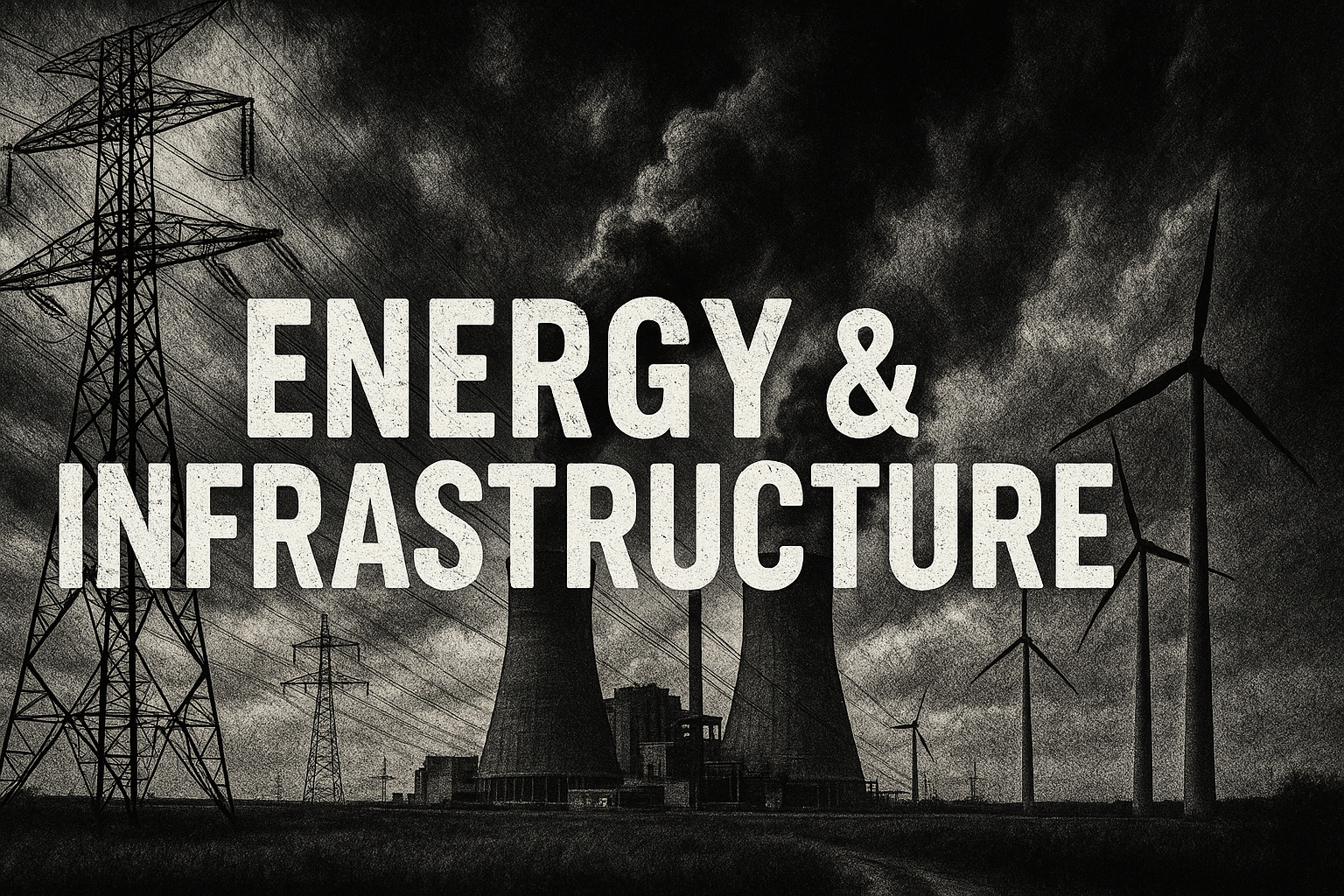Solar Rooftops: A Growing National Security Concern

Solar energy systems, once seen as a straightforward solution to climate change, have emerged as a potential vulnerability in the energy grid. Recently, the U.S. Cybersecurity and Infrastructure Security Agency (CISA) issued an advisory highlighting security flaws in solar inverters produced by EG4 Electronics, a Texas-based company. These flaws could allow attackers to intercept data, install malicious firmware, or gain control of the systems, impacting roughly 55,000 customers.
EG4’s inverters, which convert solar energy into usable power, were found to lack essential security measures, such as encrypted communication and robust authentication protocols. While the company acknowledges these shortcomings, it frames the issue as an industry-wide problem. However, customers have criticized EG4 for failing to notify them of the vulnerabilities or provide mitigation strategies.
The growing reliance on solar energy has introduced new risks into the national infrastructure. As more homes and businesses adopt solar technology, the grid becomes increasingly interconnected, creating a larger attack surface. Security experts warn that compromising a large number of inverters could have cascading effects on the energy supply, though such scenarios remain theoretically possible rather than imminent.
The issue also ties into broader concerns about supply chain security, particularly with Chinese manufacturers dominating the solar inverter market. Earlier this year, unexplained communication devices were found in equipment from some Chinese suppliers, raising questions about potential foreign influence.
In response, EG4 is working with CISA to address the vulnerabilities and has pledged to strengthen its security protocols. However, the lack of regulatory standards for residential solar systems leaves much of the responsibility for cybersecurity in the hands of manufacturers, creating a challenging landscape for consumers seeking reliable and secure energy solutions.
As solar adoption continues to rise, ensuring the security of these systems will be critical to safeguarding both individual homes and the broader energy infrastructure.
Published: 8/17/2025
















